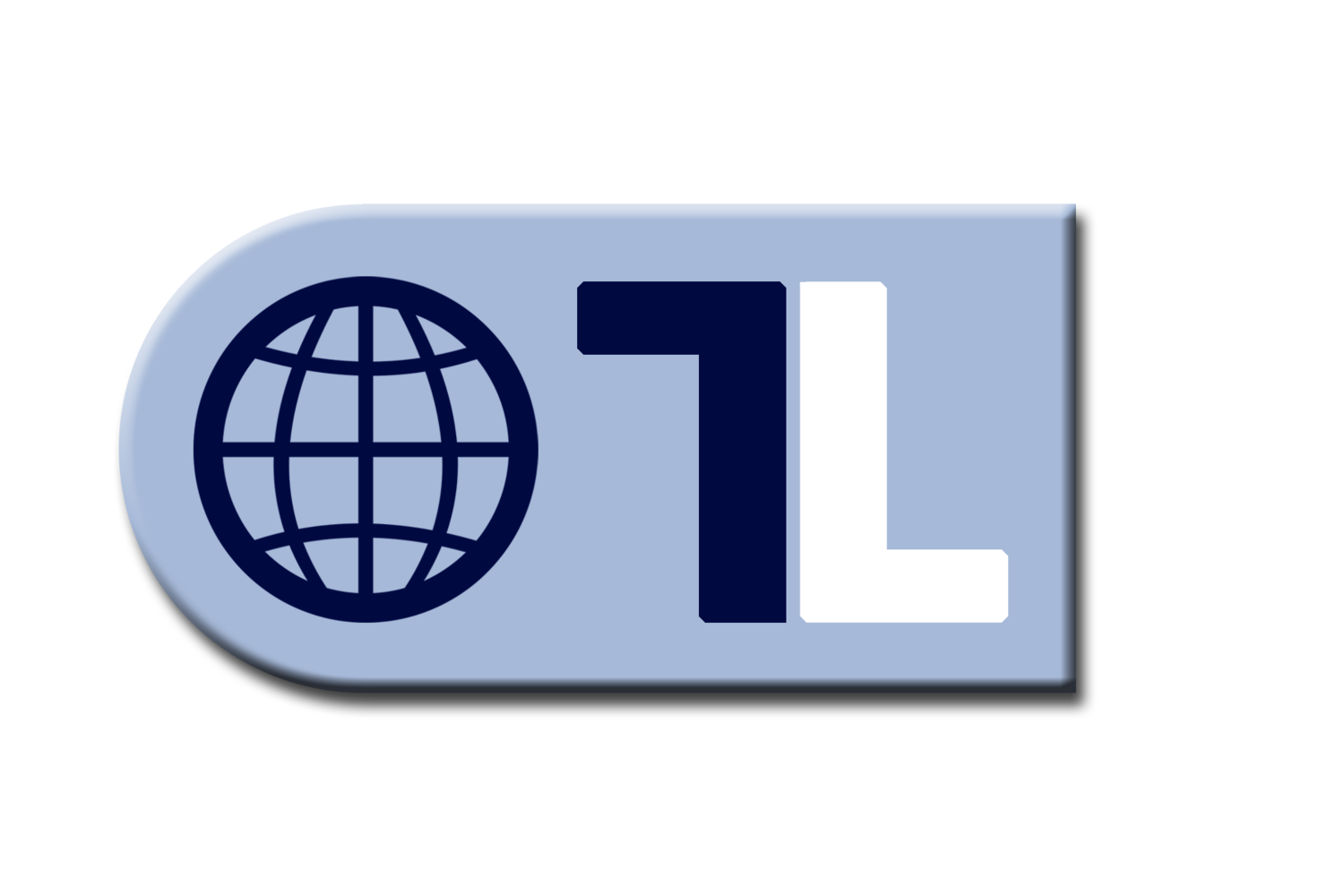Imagery - Historic and current
Whilst stealing web maps is easy, having their watermarks visible in your final product may not bode well for your brand. Not only that, but you’re probably infringing on copyright. Instead, our GIS consultants can procure authoritative or bespoke imagery sourced from satellite, aircraft or drone to supplement your mapping.
Whether it's an orthomosaic photo from decades ago, a meteorological map from a satellite, or multiband satellite imagery from last week. If it's there, we'll get it.
Imagery can be sourced and supplied in jpeg, pdf or geotiff file formats. Typical resolutions are as follows:
Satellite: 10 metres to 1 kilometre per pixel,
Aircraft: 1 metre to 100 metres per pixel,
Drone: 1 centimetre to 1 metre per pixel.
Remote Sensing
Let one of our remote sensing scientists help solve your geospatial problem without a boot ever touching the ground.
Remote Sensing generally involves using sensors to derive deeper information than what may be visible to the human eye. This could be from satellites, planes or drones and may include things like hyperspectral and multispectral sensors, LiDAR, radiometers, and more. The outputs can evaluate any number of phenomena, some of which include vegetation health, soil moisture, solar potential, atmospheric absorption, sea and ground surface temperature, burn areas, and much more.
Send us a message …
Project example: Remote sensing of weeds
Objective:
To map and quantify a particular weed species amongst a range of other similar species without having field works map the entire thing.
How:
TerraLab obtained near-infrared and visible imagery of the site from aircraft and drones. Small portions of the site were GPS mapped using data management tools created by TerraLab to use in training the computers how to predict the weeds. Along with the imagery, the mapping data was fed into a modelling system which produced predictive maps of where the weed was likely to occur. Random samples were placed over the project site to cross-validate what the model was predicting. Field workers navigated to the random points and confirmed the presence of the weed, thus validating the model. The area that the weed occupied was then quantified so that removal of the weed could be tracked over time. Repeat surveys intend to show a decrease in the weed cover over time.
Result:
By using remote sensing, the project managers saved hundreds of hours of labour in mapping the weed and were able to get an objective measure of the weeds quantity. In addition, the method is repeatable meaning that the client can now design a long term management strategy.
Project example: Monitoring of mine site rehabilitation using drones
Objective:
Develop a method that can quickly and affordably monitor specific ecological metrics of mine sites after they are rehabilitated
How:
Using TerraLab’s expertise in ecology and remote sensing, a method of monitoring mine site rehabilitation using drones was theorised from a scientific literature review, developed into a workable method, trialled, reviewed and implemented. The process utilises low cost drones, near-infrared cameras, high-accuracy GPS and an ecological monitoring method developed by the CSIRO.
The method not only included the field methods, but also a detailed methodology on the post-processing using desktop software to produce a quantifiable result.
Result:
The organisation is able to deploy drones to monitor large tracts of land for a fraction of the cost of getting boots on the ground to do the monitoring by hand.
Our Imagery and Remote Sensing services include:
Data acquisition and preparation
Satellite data including Landsat, Sentinel, VIIRS, MODIS, ASTER and more
Aerial imagery including NearMap, MetroMap and other global sources
Drone data including conducting drone surveys and production of orthomosaics
Remote Sensing
Hyperspectral and multispectral imagery processing
Light detection and ranging (LiDAR) processing
Photogrammetry capture and processing
Analsys using spectral indices
Vegeation such as Normalised Difference Vegetation Index (NDVI), Red-Edge Normalized Difference Vegetation Index (NDVIre), Soil Adjusted Vegetation Indes (SAVI), Modified Soil Adjusted Vegetation Index (MSAVI2), Transformed Soil Adjusted Vegetation Index (TSAVI), Green Chlorophyll Index (Clg), Red-Edge Chlorophyll Index (CIre), Enhanced Vegetation Index (EVI), Green Normalized Difference Vegetation Index (GNDVI), Modified Triangular Vegetation Index (MTVI2), Perpendicular Vegetation Index (PVI), Visible Atmospherically Resistant Index (VARI)
Water such as Normalised Difference Water Index (NDWI), Normalized Difference Moisture Index (NDMI), Normalized Difference Snow Index (NDSI),
Fire such as Burn Area Index (BAI), Normalized Burn Ratio (NBR)
Environmental monitoring such as Global Environmental Monitoring Index (GEMI)
Urbanisation such as Normalized Difference Built-up Index (NDBI)
Soils and minerals such as Ferrous Minerals (FM), Clay Minerals (CM) ratio, Iron Oxide (IO) ratio
Image classification
Supervised classficiation such as Maximum Likelihood, Minimum Distance, parallelpiped
Unsupervised classification such as Random Trees, Support Vector Machine
Applications of remote sensing
Environmental and ecological monitoring
Bushfire risk analysis
Waterway monitoring
Land use classification
Agricultural plant health analysis (precision farming)
Coastal erosion monitoring
Mine exploration and rehabilitation
Topographic and bathymetric surveys
Soil analysis


